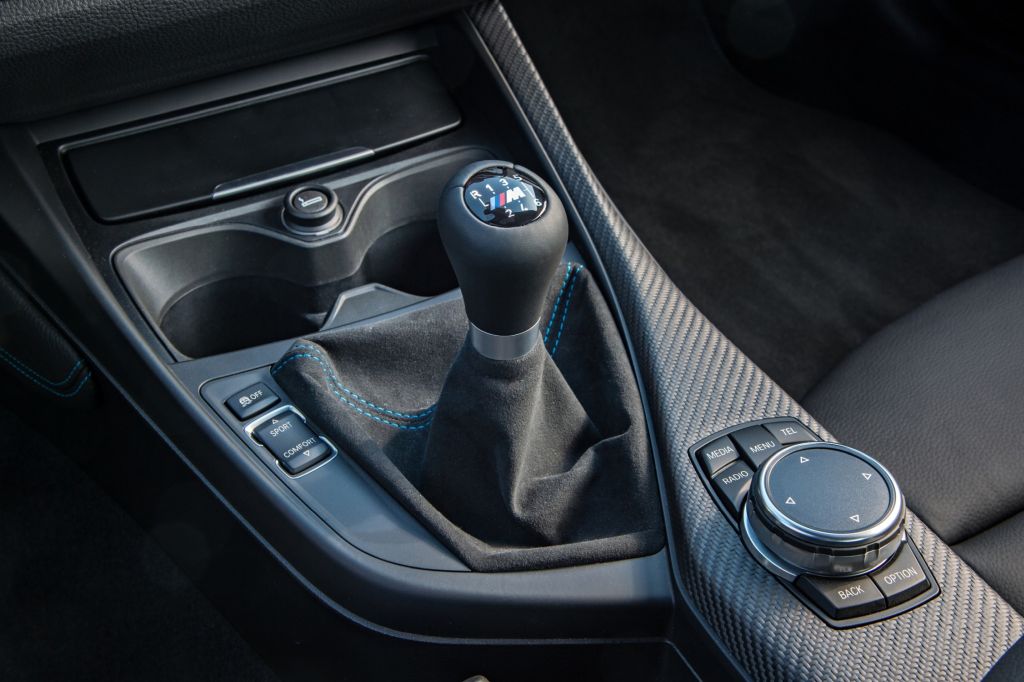Is this the final shift down? Why manual transmissions are vanishing
By DPA | 10 August 2022
BERLIN: The news came as a shock. When Mercedes-Benz confirmed that it would no longer be fitting a manual gearbox to its models as an option from spring next year, some drivers were aghast.
Getting to grips with gears and clutch is a pain for some, but for others this interplay is the very stuff of sporty motoring.
The discussion between beginners and pleasure drivers on the advantages and disadvantages of having a stick shift flared up again after the report but it's actually beside the point.
Since the introduction of the dual-clutch gearbox and its triumphant advance into smaller cars, the manual gearbox has been on the decline.
Put simply, a dual-clutch gearbox is an automated manual gearbox that can change gears swiftly, either all by itself or by activating a rocker or lever. It also doesn't require a clutch pedal which is why many drivers regard it as a simple automatic.
The market share of cars with a manual gearbox is shrinking fast, says Peter Kerkrath of German vehicle safety organisation KÜS. The fact that both variants exist at all is down to the specific characteristics of the two transmissions.
The manual gearbox has not only been seen for decades as being better for a sporty drive but also as a more economical solution that enables lower fuel consumption.
The automatic has a clear advantage in heavy traffic and relieves the driver from constantly having to change gear. However, it's also considered less efficient.
READ MORE: Toyota to keep on making manual transmission cars
"But these sweeping judgements have long since ceased to be valid and automatic transmissions have been catching up strongly," says Kerkrath.
Dual-clutch transmissions shift faster than any racing driver could manage. They have been first choice in sports cars such as McLaren, Ferrari, Aston Martin or Porsche for years. And whether you are talking about Formula 1 or the Dakar Rally — in motorsport, hardly anyone uses a stick to change gear manually.
"The disadvantage in terms of fuel consumption is also smaller than it used to be," says the expert. The days when the average consumption of a model differed by one or two litres between the manual and automatic versions are long gone.
But aren't manual gearboxes cheaper to produce?
"That's why, in addition to the marketing promise of supposed sportiness, the only argument left was the cost argument," says Kerkrath. After all, manual transmissions are less complex to produce and correspondingly cheaper. Often, car-makers have passed this price advantage on to customers.
However, as orders for manual gearboxes decline, it's becoming more expensive to develop both forms of transmission alongside each other.
To achieve economies of scale, manufacturers seek to reduce the number of model variants, says Mercedes sales director Britta Seegers. Many models are also sold with bundled packages or features and often the manual gearbox falls by the wayside.
Mercedes is not alone in taking this path.
According to a report in the German weekly industry newspaper "Automobilwoche", Volkswagen also wants to phase out manual transmissions by 2024.
BMW will also only offer automatic transmissions in the new generation of its less emotive cars like the 2 Series Active Tourer, according to a spokesman.
Manufacturers are not only saving money with this decision, but also space — and that in turn benefits customers. They used to have to make room for gearsticks and central aisles between the front seats but now a stub will suffice as an automatic selector.
That space is taken up by an extra cup holder, a wireless charging cradle for the smartphone or another shelf, according to a developer at Opel.
Yet anyone who considers such space-saving buttons, rockers or steering column levers less pleasing to look at and mourns the gearstick for haptic reasons will love the new limited edition De Tomaso P72.
This super sports car from Italy celebrates its six-speed manual transmission as if it were the movement of a million-dollar wristwatch. The exposed mechanism is a work or art.
Manual or automatic transmission — for a while this question may still divide drivers. But in the foreseeable future a decision will become superfluous.
And so the argument is likely to go on for some time — that is until electric cars take over. With their linear drive, none of these vehicles need a gearbox — neither a manual nor automatic.
Tags
Autos News
Reviews

First drive with the 2025 Hyundai Tuscon and Santa Fe: Seoul...

5.8
Kymco AK550 Premium: Smart easy rider

BYD Seal 6 Premium: Sweet deal, generous kit, sensible prici...

8.7
Mazda CX-80 2.5G PHEV AWD High Plus: Upmarket upgrade

Proton X50 Flagship: Tuned for success

6.6
Triumph Trident 660: Beautifully balanced package

8.4
Mercedes-AMG GLA 35 4Matic: Never a dull moment

Lamborghini Urus SE: Ultimate control
Videos

Free & Easy Media Test: Latest Proton X50 Flagship to Kuanta...

Zeekr Space Sunway City Video

Honda Civic Type R Ultimate Edition: Last 40 Units for Europ...
